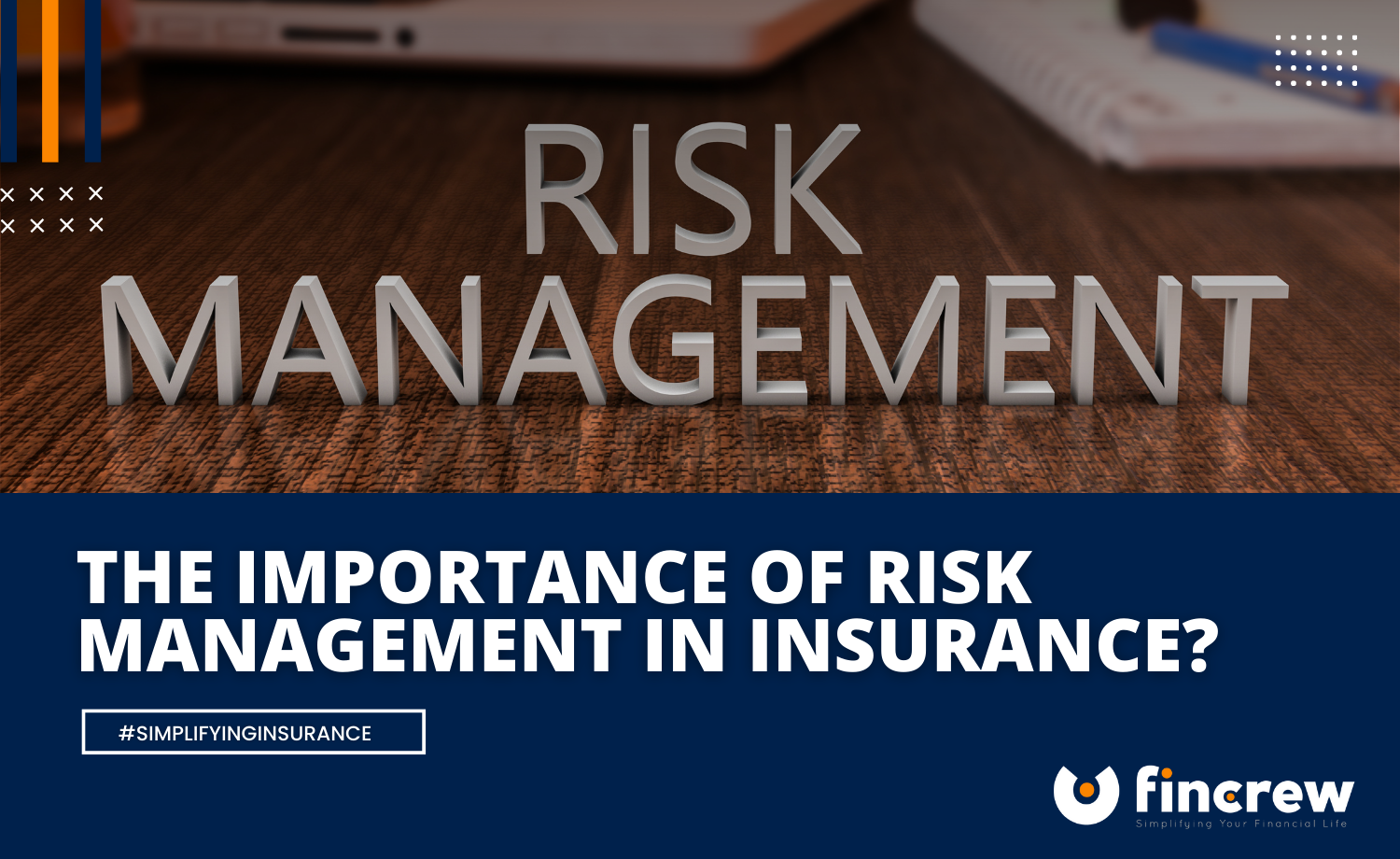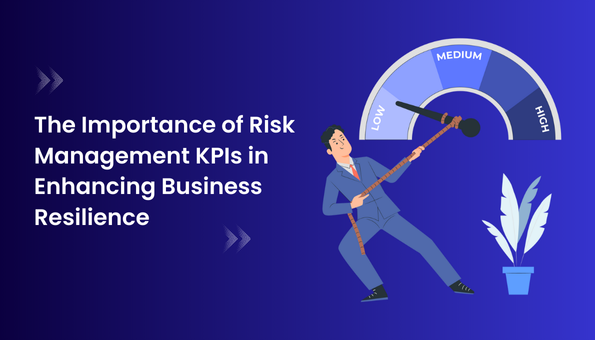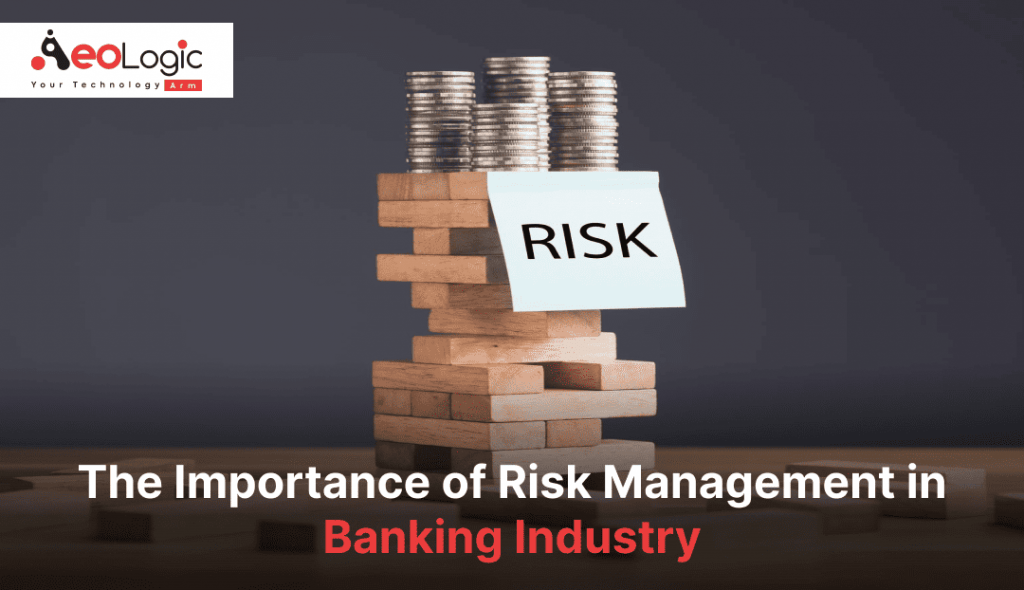How the Importance of Risk Management Shapes Effective Leadership
How the Importance of Risk Management Shapes Effective Leadership
Blog Article
Exploring the Relevance of Risk Management for Effective Decision-Making Strategies
In the complex world of service, Risk Management emerges as a critical element in the decision-making procedure. The capacity to identify prospective hazards and opportunities, and strategize appropriately, can lead to the distinction in between success and failure.
Comprehending the Idea of Risk Management
Risk Management, an essential element in decision-making, is commonly misinterpreted or oversimplified. Risk Management entails disciplined and organized techniques, utilizing data and informative evaluations. From economic uncertainties, lawful responsibilities, tactical Management errors, to mishaps and all-natural disasters, it attends to various risks - importance of risk management.
The Function of Risk Management in Decision-Making Processes
In the realm of calculated preparation and company procedures, Risk Management plays an indispensable role in decision-making procedures. It assists in identifying prospective threats and unpredictabilities that can affect the success of business goals. By mapping these risks, business can create strategies to reduce their effect, making certain business continuity and security. Risk Management thus becomes a vital device in decision-making, aiding leaders to make enlightened choices based on a detailed understanding of the threats involved. It motivates a positive technique, making it possible for companies to prepare and prepare for for possible future situations. This substantially minimizes the chance of adverse effects, advertising a lot more reliable and effective decision-making strategies. Risk Management offers as an important part in the decision-making processes of any type of company.

How Risk Management Enhances Strategic Planning
In the context of strategic preparation, Risk Management plays an essential role. Launching with the recognition of prospective risks, it further expands to the application of Risk mitigation measures. The duty of Risk Management is not fixed however dynamic, as it demands consistent monitoring and adjusting of strategies.
Recognizing Prospective Dangers

Implementing Risk Mitigation
Having developed the relevance of recognizing possible threats, the following action is to check out Risk reduction. This procedure entails creating and applying approaches to take care of determined risks efficiently. It is an important element of tactical planning as it enhances decision-making by minimizing possible adverse outcomes. Risk reduction methods can range from Risk evasion, Risk transfer, to risk decrease. Each approach should be customized to the details Risk, considering its potential impact and the company's Risk tolerance. In addition, reliable Risk mitigation requires a deep understanding of the Risk landscape and the potential impact of each Risk. This understanding enables companies to focus on risks and allot resources effectively, guaranteeing that the most significant threats are resolved first.
Surveillance and Readjusting Strategies
Though Risk reduction is a critical action in strategic planning, continual surveillance and change of these methods is similarly essential. It also provides a possibility to assess the success of the Risk Management steps, allowing changes to be made where needed, additional enhancing critical preparation. Tracking and changing Risk Management strategies is a critical part for enhancing an organization's strength and calculated planning.
Case Researches: Effective Risk Management and Decision-Making
Worldwide of organization visite site and money, effective Risk Management and decision-making frequently function as the columns of thriving business. One such entity is a multinational oil firm that minimized monetary loss by hedging against changing oil costs. In another circumstances, a technology startup grew by recognizing and accepting high-risk, high-reward methods in an unstable market. An international bank, confronted with regulatory unpredictabilities, efficiently navigated the scenario with aggressive Risk evaluation and vibrant decision-making. These cases highlight the worth of sharp Risk Management in decision-making processes. It is not the lack of Risk, yet the Management of it, that often distinguishes effective business from not successful ones. These situations emphasize the important role of Risk Management in calculated decision-making. importance of risk management.
Tools and Strategies for Effective Risk Management
These devices, such as Risk signs up and warmth maps, help in determining and evaluating potential risks. Risk response strategies, a vital part of Risk Management, involve accepting, preventing, transferring, or mitigating risks. With these strategies and devices, decision-makers can navigate the complex landscape of Risk Management, consequently assisting in educated and effective decision-making.
Future Fads in Risk Management and Decision-Making Methods
As we discover the large landscape of Risk Management, it becomes noticeable that the tools and techniques used today will remain important link to advance. Future fads aim towards an enhanced dependence on modern technology, with expert system and machine discovering playing considerable roles. These innovations will certainly enable companies to predict possible dangers with better precision and make even more informed choices. Furthermore, there will be an expanding emphasis on strength, not just in taking care of threats but additionally in getting better from damaging situations. The principle of Risk society, where every participant of an organization is mindful and entailed in Risk Management, will certainly acquire extra prominence. These patterns herald a more aggressive and inclusive technique in the direction of Risk Management and decision-making.
Final thought

Risk Management thus comes to be an click this link important device in decision-making, helping leaders to make educated options based on a detailed understanding of the dangers involved. Risk reduction methods can range from Risk evasion, Risk transfer, to risk decrease (importance of risk management). Reliable Risk reduction calls for a deep understanding of the Risk landscape and the possible effect of each Risk. Risk feedback methods, an essential part of Risk Management, include accepting, preventing, transferring, or mitigating threats. The concept of Risk culture, where every member of a company is aware and included in Risk Management, will obtain a lot more prominence
Report this page